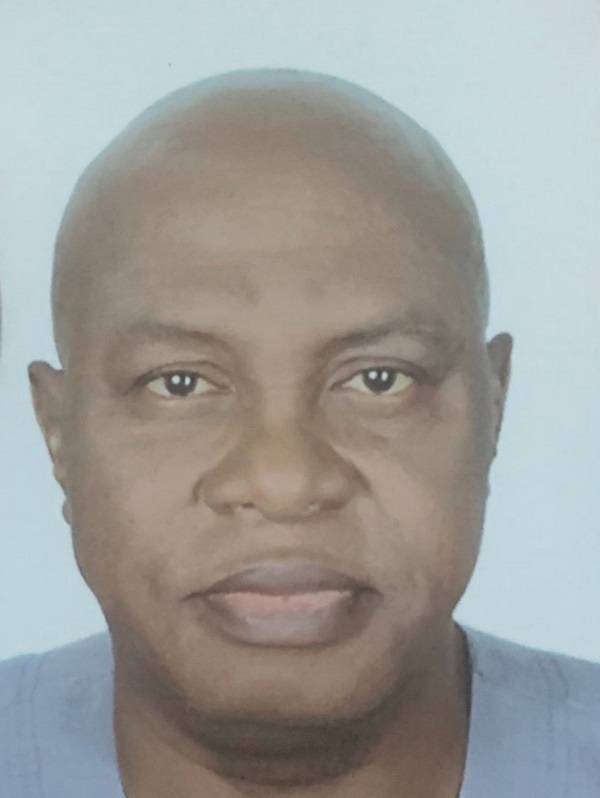
In 2020, the announcement of a new broadband plan (2020-2025) brought hope to those of us well-acquainted with the potential of broadband. We anticipated a future of abundant high-speed internet connectivity.
Fast forward three years and the Nigerian Communications Commission (NCC) continues to report progress without providing insights into the methodology behind these figures.
Before the year 2000, telecommunications operators predominantly reported figures on the number of telecommunications subscribers connected to their networks. However, regulatory changes started in 2001 with the licensing of mobile network operators (MNOs). Notable pioneers in mobile communications services included MTN Nigeria, Econet Wireless Network and the Nigerian Mobile Telecommunications Limited (Mtel).
Under the licensing mandates, the NCC gained substantial control over their activities. They initially operated under Decree 75 of 1992, which established the NCC. With the enactment of the Nigerian Communications Act 2003, the NCC gained independence and enhanced regulatory authority over telecommunications services.
However, the Nigerian Communications Act 2003 lost its relevance in the sector between 2019 and May 28, 2023, during the tenure of a powerful minister. Regulatory activities were virtually taken over by this minister, including control over the Universal Service Provision Fund (USPF), which was renamed. The minister even installed his confidant as the executive secretary and made recommendations to President Muhammadu Buhari for the executive secretary to remain in office until retirement.
However, as history has shown, power is transient. Less than a month after the minister left office, the same executive secretary, who had obtained questionable approval, was removed and redeployed by the NCC. The NCC, led by Prof. Umar Danbatta, regained its footing. Danbatta has recently embarked on a peculiar advocacy campaign, seemingly to impress the newly appointed minister overseeing the industry, Bosun Tijani, signalling his capacity to complete his tenure in a grand fashion.
Tijani is no novice. He enters the scene after the industry had experienced better years until 2019 when the agency was taken over by a seemingly aimless player posturing as a game changer. The former minister is now gone and, as Alfred, Lord Tennyson tells us, “authority forgets a dying king.” Tijani is the new kid on the block.
Danbatta recently took his advocacy to his home state, Kano, where he announced to a bewildered audience that the country had achieved a 47 per cent broadband penetration rate. However, he failed to elucidate the methodology behind these figures. This lack of transparency in generating statistics is disconcerting. Broadband penetration figures should be scientifically arrived at, yet, throughout the broadband journey, figures were churned out without adequate explanation. How can we assess who has access to broadband, especially when figures like ‘89 million’ are allocated to broadband connectivity?
Based on my experiences and observations within the system, it is challenging to agree with certain decisions and positions taken by the Commission. If we adopt the International Telecommunications Union (ITU) teledensity template, Danbatta’s figures on broadband penetration are questionable. We need to consider how many MNOs have fourth-generation (4G) and 5G connectivity and how we gauge the number of subscribers to these technologies.
For instance, Globacom Limited, the owner of GloMobile, obtained a Second Network Operator (SNO) license in 2003 but subsequently abandoned the fixed-line component without facing consequences from the NCC. Beyond companies like 21st Century Technology, IPNX, Broadband Connectivity, VGC Communications (MTN) and Spectranet, how many other companies are addressing fixed-line connectivity to boost the so-called broadband connectivity, which the NCC claims “will reach 70 per cent by 2025”? All this happens while regulatory activities have become increasingly alien to the industry.
In a recent development, the NCC approved the transfer of a 10MHz spectrum in the 2.6GHz spectrum band from OPENSKYS Services Limited (OS) to MTN Nigeria. According to a statement from MTN, this license took effect on September 7, 2023 and will enable MTN to deploy the spectrum across the 36 states of the federation, including the FCT. This move may potentially boost broadband connectivity.
The 2.6GHz spectrum band is designated for the deployment of terrestrial mobile broadband services. A GSMA report highlights that the 2.6GHz spectrum band, when combined with the 700MHz-800MHz spectrum bands, can provide cost-effective nationwide coverage for mobile broadband services, catering to both rural and urban areas.
As per NCC data, broadband penetration in Nigeria stood at 47.36 per cent as of December 2022, with the Federal Government targeting 70 per cent broadband penetration by 2025. MTN Nigeria’s acquisition of this broadband spectrum will enable the ICT giant to deliver improved broadband services to its customers, meeting the growing demand for mobile broadband services across the country.
MTN asserts that this spectrum transfer will significantly enhance its customers’ experience, aligning with its commitment to deliver excellent service. Moreover, the acquired spectrum will empower the telecommunications operator to deploy broadband technologies, contributing to the realisation of Nigeria’s broadband objectives.
The CEO of MTN Nigeria, Karl Toriola stated, “This additional spectrum will enable us to deliver on our promise to our customers to deliver quality service, as we continue to support the Federal Government’s vision of deepening broadband penetration in the country”.
A GSMA report suggests that increased broadband penetration, especially in developing countries, is directly correlated with higher gross domestic product (GDP). This underscores the imperative of continuous development and investment in broadband infrastructure, including the 2.6GHz spectrum band.
During his advocacy in Kano, Danbatta highlighted the five-pillar Strategic Vision Plan, enumerating achievements under these strategic pillars: regulatory excellence, universal broadband, market development, digital economy, and strategic collaboration. He emphasised that despite industry challenges such as vandalism and securing right of way (RoW), the NCC remains committed to sustaining growth.
While figures and statistics are important, the telecom sector requires practical regulatory actions and tangible value for both investors and consumers. Grandstanding alone will not fulfil the sector’s potential. It’s essential to prioritize transparent and data-driven decision-making to ensure that the goals of broadband connectivity and digital transformation are achieved, benefitting all stakeholders in Nigeria’s telecommunications landscape.

